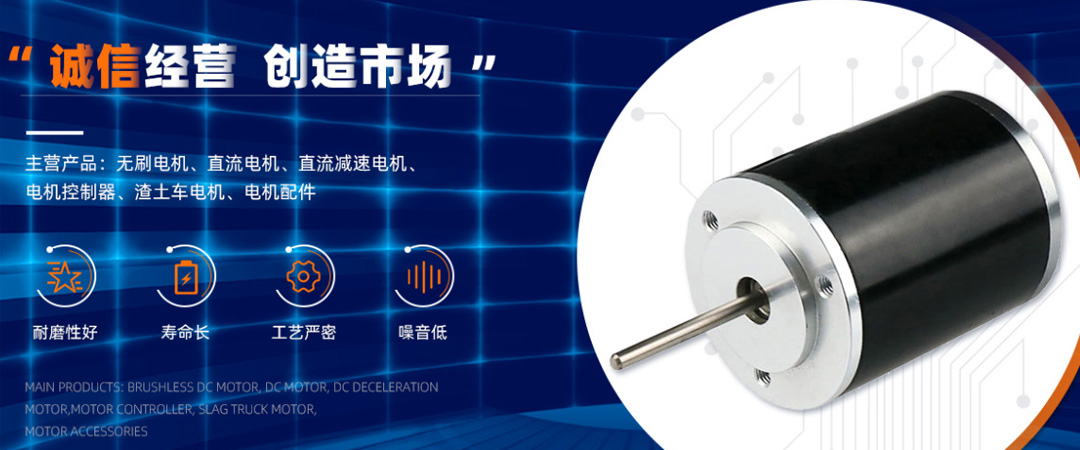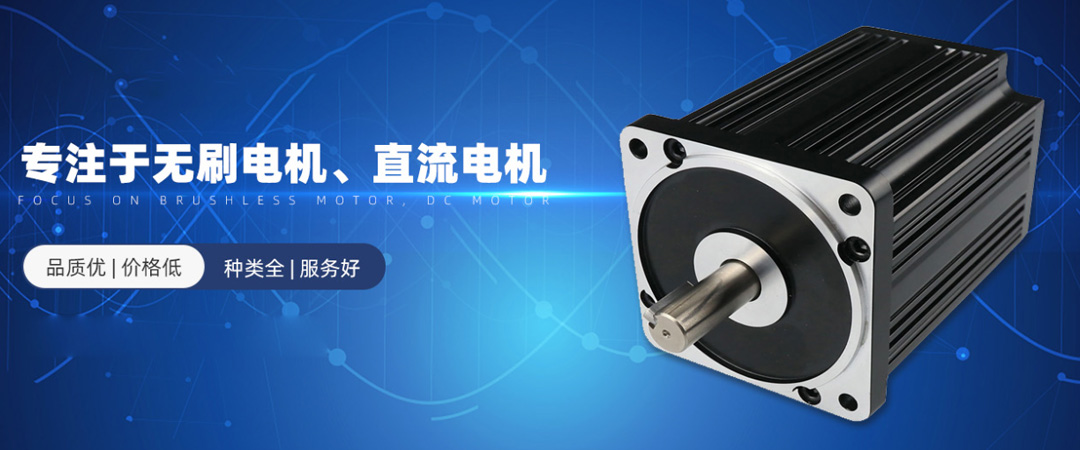DC motor
2020/12/04 17:28:12
Working principle of DC motor:
When an external DC power source is applied to brush A (positive pole) and B (negative pole), current flows through coil abcd. In conductor ab, the current flows from a to b, and in conductor cd, the current flows from c to d. Conductors ab and cd are respectively in the N and S pole magnetic fields and are subjected to electromagnetic force. The left-hand rule shows that both conductors ab and cd are subjected to electromagnetic forces, and the resulting torque direction is consistent. This torque is called electromagnetic torque and is counterclockwise. In this way, the armature rotates counterclockwise.
When the armature rotates 180 °, the conductor cd rotates to the N pole and ab rotates to the S pole. As the current still flows from brush A, the current in cd changes from d to c, while the current in ab flows from b to a and from brush B. Using the left-hand rule, it can be determined that the direction of electromagnetic torque is still counterclockwise. From this, it can be seen that the DC power supply applied to the DC motor, with the help of the commutator and brush, causes the direction of the current flowing through the armature coil of the motor to be alternating, thereby making the direction of the electromagnetic torque generated by the armature constant and ensuring that the equipment rotates continuously in a certain direction.
In actual DC motors, many coils are evenly embedded on the circumference of the armature, and the commutator is composed of many commutator segments, so that the total electromagnetic torque generated by the armature coils is sufficiently large and relatively uniform, and the motor speed is also relatively uniform.






